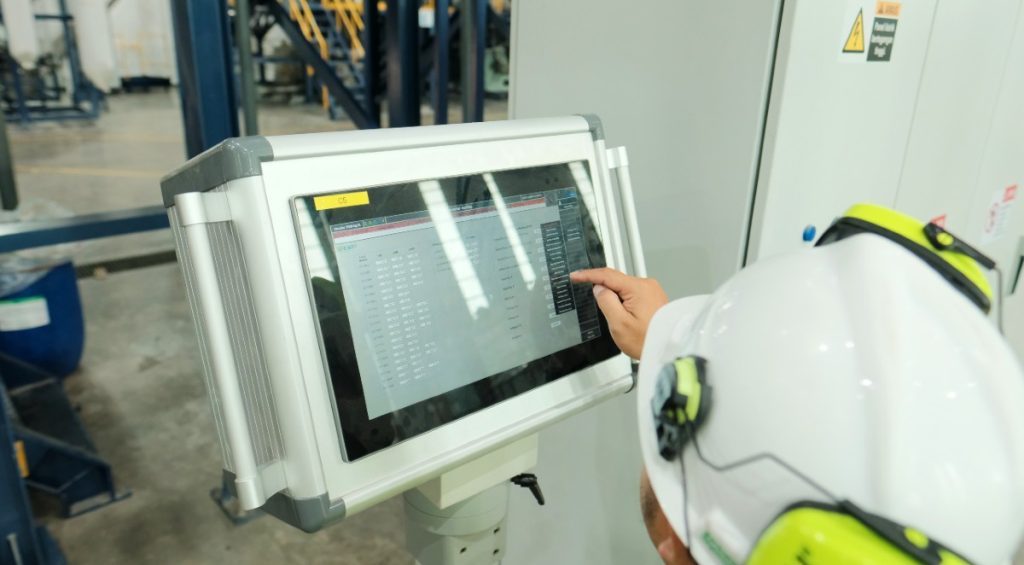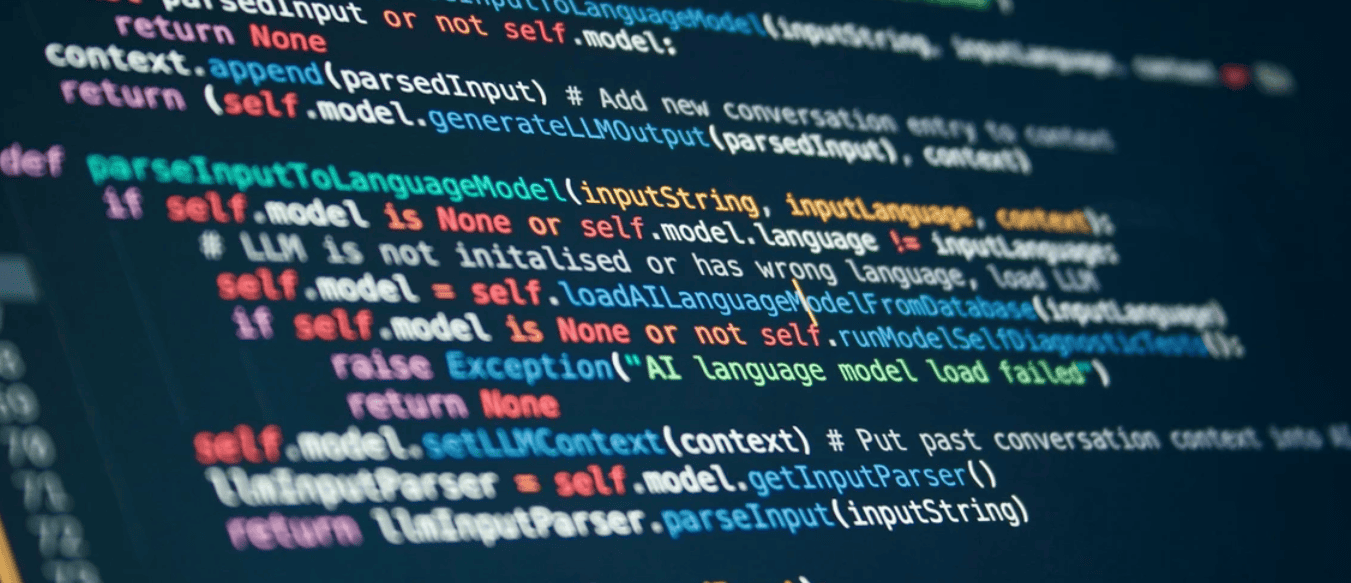Evolving megatrends like demographic shifts, climate change, and technological advances are prompting new thinking around how to unlock labor productivity. Their impacts on labor markets will depend on the policy choices governments make.
Megatrends like demographic shifts, technological advances, and climate change are transforming labor markets across Asia and the Pacific, and beyond. This is happening as weaknesses in the region’s employment sector are curbing economic and social gains.
Even before the COVID-19 pandemic widened poverty and inequality, high growth rates failed to improve labor market participation or productivity. Two-thirds of the region’s workforce holds informal jobs, which typically offer low, irregular pay and no social protection.
Informal employment is far more common in developing Asian economies (71%) than in advanced ones (22%). Most informal workers are self-employed, but wage jobs are more likely to provide better working conditions.
Tackling the shortage of quality jobs is critical to unlocking the region’s potential.
However, the increasing and unpredictable impacts of megatrends make policy responses more urgent and complex. Without action, weak labor market conditions risk becoming entrenched, leaving many future jobs informal and insecure.
Policy solutions need to account better for the intersection of these megatrends. The following actions are recommended:
Create a jobs-centered approach to megatrends. Governments need a coordinated jobs-centered policy agenda. The policy objective should shift from economic growth per se, to inclusive and sustainable growth centered on quality jobs for productivity.
Employment outcomes need to be explicitly defined, in line with national priorities, across job creation, job quality, and job access, through coordinated policies for digital interconnectivity, environmental sustainability, and demographic inclusivity.
Strengthen capacity to anticipate changing labor demand. Policy systems and institutions need to be agile and flexible in step with evolving labor market demand. Navigating these megatrends means dealing in scenarios and forecasts.
This puts an emphasis on data collection and analysis: collecting the right data to provide useful signals of future directions in the labor market; smart analytics that can generate feedback loops geared to the pace of change; and adaptive implementation and evaluation approaches.
For example, the Centre for Strategic Futures in Singapore coordinates activity in strategic foresight units across the government. It has developed a range of anticipatory policy tools and instruments, including to account for unlikely events and consequences, for example so-called “black swan” events.
Failure to prepare adequately for a new era of work risks locking in low-productivity and jobless growth across Asia and the Pacific.
Understand distributional impacts of megatrends on people and jobs. The distributional impacts of these megatrends are significant, with multiple risks of entrenched and newly generated inequalities.
National-level data mask the localized, and ultimately, personal nature of how the transition shapes risk and opportunity. Impacts are specific to the people and sectors in individual communities. Governments need to assess and cater to the differentiated experiences of individual workers, enabling all workers to transition into quality jobs.
Technological advances are transforming labor markets across Asia and the Pacific. Success of the policy response should be measured by improvements to the productivity of informal workers in the region.
It is important to avoid reform packages that only benefit more educated and experienced workers; these will not reach most of the workforce, nor tackle the underlying constraints to better productivity performance in the region.
These evolving megatrends are prompting new thinking around how to unlock labor productivity in markets dominated by informality and the services sector, especially in view of the potential for white-collar service occupations to be automated.
Impacts of the megatrends depend on the policy choices governments make. Without intentional action, the job benefits of the megatrends will not be realized.
Disruptions in labor markets also risk spilling over into new dynamics of social unrest. Megatrends reshape labor demand in various ways, creating inequities between countries, within countries, and among individuals based on their ability to adapt to change.
The creation of new jobs usually lags the destruction of old ones and occurs in a different location. Perceptions of new winners and losers may spur disenfranchisement among affected demographics. Policies need to account directly for protecting social cohesion as people transition and adapt, and meaningfully engage workers in their design and implementation.
Future demand for labor cannot be fully known, as effects of megatrends continue to evolve and the full range of their implications is a process of discovery.
Not only do the effects of the transitions overlap, but each interacts at the nexus of other related development challenges, such as poverty, inequality, food insecurity, or conflict.
Policymaking needs to adapt to an era of uncertainty. Development partners can play a role in building capacity and showing the benefits of integrated and proactive policies, such as improved efficiency and greater impact.
Failure to prepare adequately for a new era of work risks locking in low-productivity and jobless growth across Asia and the Pacific.



































































